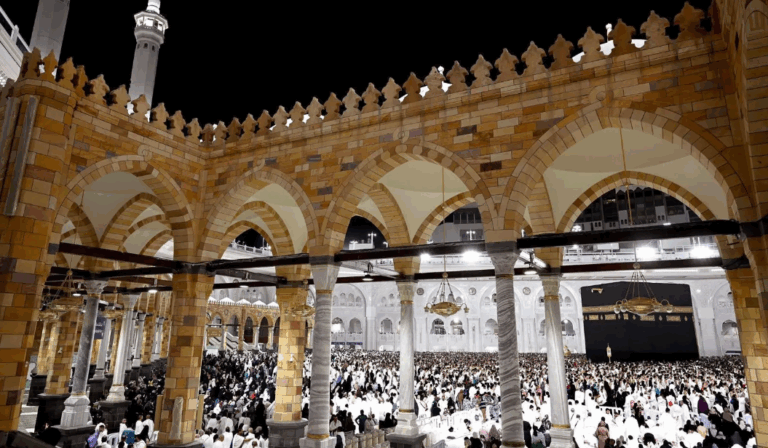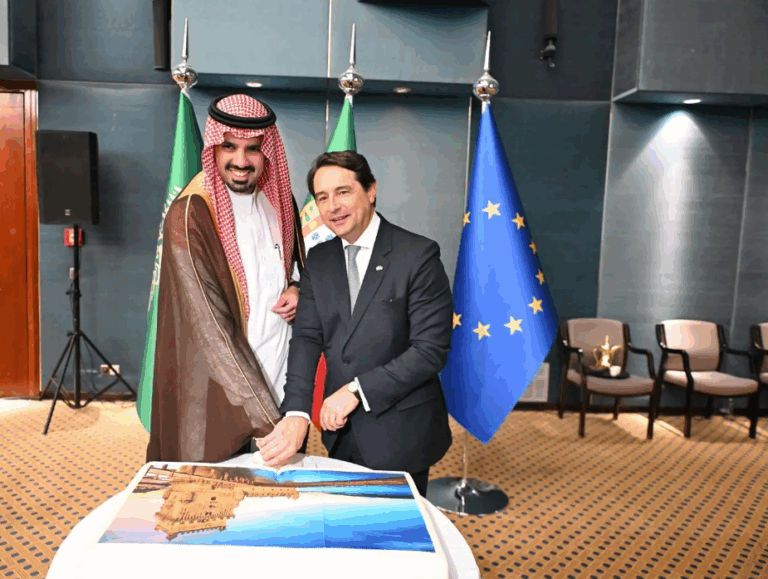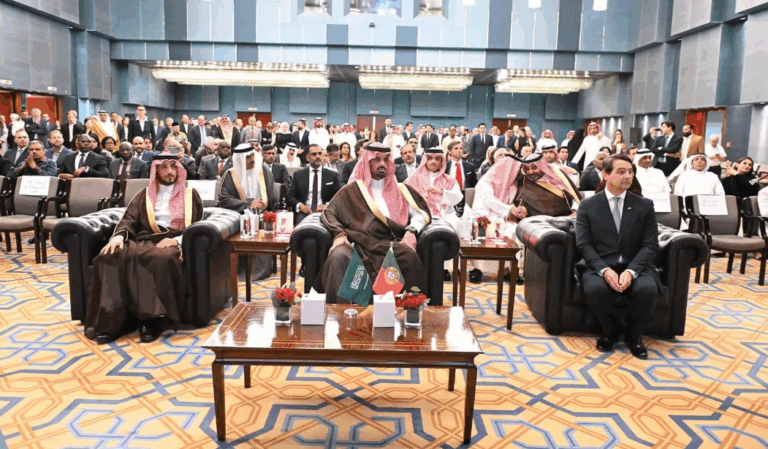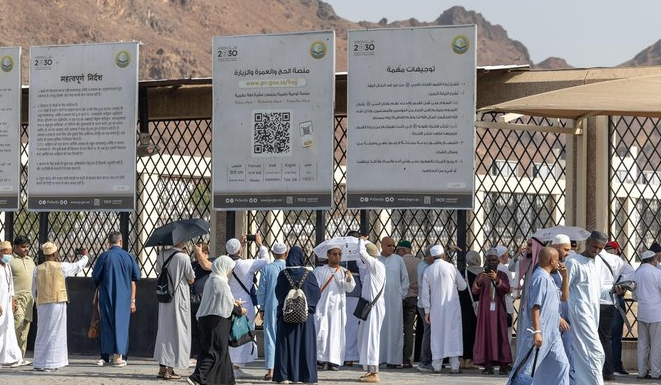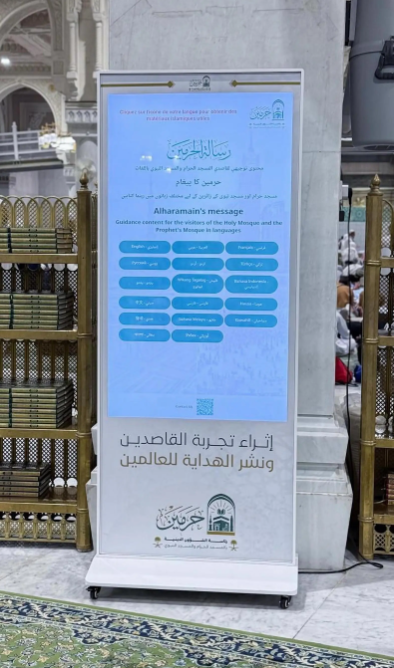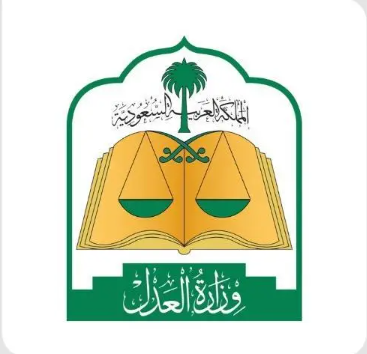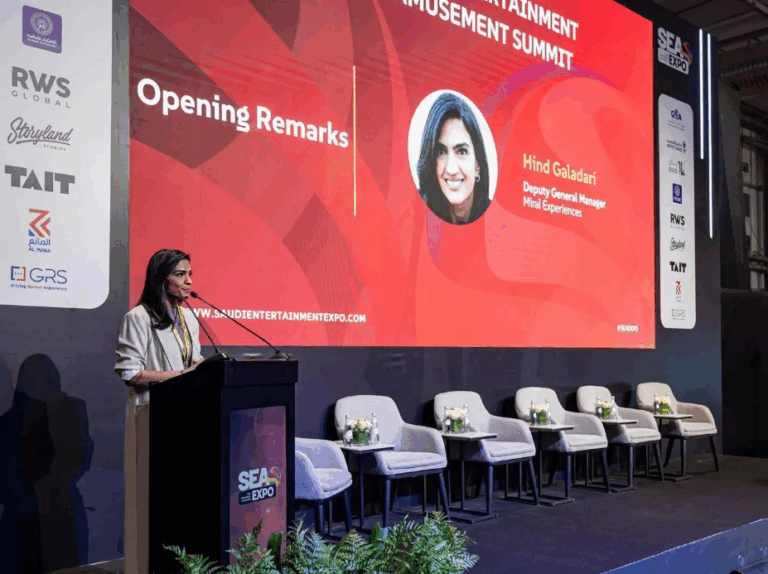**Headline:** Saudi Arabia Registers 500 Heritage Sites
**Intro:** The Heritage Commission has approved 500 new urban heritage sites, elevating Saudi Arabia’s total to 4,540. This expansion highlights the Kingdom’s commitment to preserving its millennia-old cultural legacy, spanning regions like Riyadh, Makkah, and Al-Baha, while bolstering its global reputation as a custodian of diverse civilizations.
**Factbox:**
– Total registered sites: **4,540**
– **Riyadh**: 413 sites | **Makkah**: 39 | **Al-Baha**: 25
– **Goal**: Safeguard historical assets, enhance cultural identity, and position Saudi Arabia as a global heritage hub.
– Regions added: Hail (6), Jazan (5), Aseer, Eastern, Najran, Al-Jouf (2 each), Tabuk, Qassim (1 each). *(49 words)*
**Saudi Arabia’s Heritage Commission Registers 500 New Urban Sites, Elevating Cultural Preservation Efforts**
Riyadh, October 28, 2024 — In a landmark move to safeguard its historical legacy, Saudi Arabia’s Heritage Commission has announced the registration of **500 new urban heritage sites** into the Kingdom’s official register. This expansion raises the total number of protected sites to **4,540**, cementing the nation’s reputation as a cradle of ancient civilizations and a guardian of diverse cultural narratives.
### **Regional Breakdown: Spotlight on Riyadh and Beyond**
The newly registered sites span multiple regions, each contributing to the mosaic of Saudi Arabia’s heritage:
– **Riyadh**: 413 sites, reinforcing its role as the historical and cultural heartbeat of the Kingdom.
– **Makkah**: 39 sites, highlighting the spiritual and historical significance of Islam’s holiest region.
– **Al-Baha**: 25 sites, showcasing the mountainous landscapes and traditional architecture of the southwest.
– **Hail**: 6 sites, adding to its legacy as a crossroads of ancient trade routes.
– **Jazan**: 5 sites, reflecting the coastal and agricultural traditions of the south.
– Smaller clusters in **Aseer, Eastern Province, Najran, Al-Jouf** (2 sites each), and **Tabuk** and **Qassim** (1 site each) further diversify the registry.
### **Preservation for Prosperity: The Commission’s Vision**
The Heritage Commission emphasized its dual focus on **documentation** and **active conservation**. Key initiatives include:
– **Comprehensive Surveys**: Identifying and cataloging undiscovered sites to expand the cultural map.
– **Sustainable Management Plans**: Implementing conservation strategies to combat environmental and human threats.
– **Technological Integration**: Using advanced tools for restoration and virtual accessibility.
– **Community Engagement**: Educating locals and visitors on the value of heritage preservation.
### **Aligning with National and Global Goals**
This effort aligns with Saudi Vision 2030’s goal to position the Kingdom as a **global cultural hub**. By protecting its heritage, Saudi Arabia aims to:
– Boost **cultural tourism**, offering immersive historical experiences.
– Strengthen **national identity** by reconnecting citizens with their ancestral roots.
– Contribute to **UNESCO’s global heritage mission**, potentially nominating more sites for international recognition.
### **A Bridge Between Past and Future**
The Commission’s work transcends mere preservation. It represents a strategic fusion of **history and modernity**, ensuring heritage sites become living spaces for education, tourism, and innovation. For example, restored locations may host cultural festivals, artisan markets, or interactive exhibits, blending tradition with contemporary relevance.
### **Conclusion: Heritage as a National Treasure**
With 4,540 sites now under protection, Saudi Arabia is writing a new chapter in cultural stewardship. These efforts not only honor the legacies of ancient civilizations but also empower future generations to draw inspiration from their heritage. As the Kingdom continues to balance progress with preservation, its story serves as a global model for celebrating history while forging a dynamic future.
*Explore these sites, experience Saudi Arabia’s living history, and witness how the past shapes the vision of tomorrow.*
—
**Tags**: Saudi Heritage, Cultural Preservation, Riyadh History, UNESCO, Vision 2030, Middle East Archaeology
**Categories**: Culture, Travel, History, Saudi Arabia, Conservation
*(WordPress Tip: Add high-quality images of registered sites, embed a map showing their locations, and link to the Heritage Commission’s official resources for further engagement.)*
**15 FAQs on Saudi Arabia’s Urban Heritage Registration Initiative (2024):**
1. **Why did the Heritage Commission register 500 new urban heritage sites, and how does this align with Saudi Arabia’s cultural goals?**
The registration aims to preserve the Kingdom’s diverse history, enhance its global cultural standing, and integrate heritage into national identity and sustainable development strategies.
2. **What regions in Saudi Arabia have the highest concentration of newly registered heritage sites?**
Riyadh leads with 413 new sites, followed by Makkah (39), Al-Baha (25), Hail (6), and Jazan (5), reflecting varied historical significance across regions.
3. **How are urban heritage sites selected and classified by the Heritage Commission?**
Sites are evaluated based on historical, architectural, and cultural value, ensuring they represent the Kingdom’s diverse civilizations and meet preservation criteria.
4. **What measures are in place to protect and conserve these 4,540 registered heritage sites?**
The Commission develops tailored management plans, including documentation, restoration, legal safeguards, and community engagement to ensure long-term preservation.
5. **How does registering sites in the urban heritage register benefit local communities?**
It fosters cultural pride, promotes tourism-driven economic growth, and educates residents about their heritage, strengthening ties to regional history.
6. **Will the newly registered sites be accessible to tourists or researchers?**
Many sites will be developed for tourism and academic access, aligning with Saudi Arabia’s Vision 2030 goals to diversify its economy and global cultural appeal.
7. **What role does technology play in documenting and preserving these heritage sites?**
Advanced tools like 3D scanning, digital archiving, and GIS mapping are used for accurate documentation, monitoring, and virtual accessibility.
8. **How does Saudi Arabia balance modern development with urban heritage conservation?**
The Commission collaborates with urban planners to ensure infrastructure projects avoid damaging heritage sites, prioritizing adaptive reuse and sustainable design.
9. **Are there educational programs linked to these heritage sites for students or the public?**
Yes—school curricula, guided tours, exhibitions, and workshops are being expanded to raise awareness about the Kingdom’s cultural legacy.
10. **What challenges does the Heritage Commission face in preserving 4,540 sites?**
Challenges include environmental degradation, urbanization pressures, funding needs, and ensuring consistent conservation standards across vast geographical areas.
11. **How does Saudi Arabia’s heritage preservation compare to global efforts?**
The Kingdom aligns with UNESCO standards, focusing on documentation, community involvement, and leveraging heritage for sustainable development, mirroring international best practices.
12. **Will the Heritage Commission collaborate with international organizations for preservation?**
Partnerships with UNESCO and global heritage bodies are ongoing to share expertise, secure funding, and promote Saudi heritage on the world stage.
13. **What future plans exist for discovering and registering additional heritage sites?**
The Commission continues archaeological surveys, community outreach, and leveraging AI to identify undocumented sites, aiming to expand the register further.
14. **How do these efforts support Saudi Arabia’s Vision 2030?**
Preserving heritage boosts tourism, diversifies the economy, strengthens national identity, and positions the Kingdom as a cultural hub, aligning with Vision 2030’s objectives.
15. **Can individuals or organizations nominate sites for inclusion in the urban heritage register?**
Yes—the Commission encourages public participation through formal nomination processes, allowing communities to propose sites with historical or cultural significance.
**CTA (Llamado a la Acción):**
¿Quieres explorar la riqueza histórica de Arabia Saudita? ¡Planifica tu próxima aventura y descubre estos tesoros patrimoniales! Sigue las actualizaciones de la Comisión de Patrimonio en sus redes sociales o visita su sitio web para conocer más sobre estos sitios y las iniciativas de preservación. ¡Tu curiosidad puede ser el primer paso para conectar con milenios de historia!
**Conclusión:**
El registro de 500 nuevos sitios patrimoniales no solo es un logro numérico, sino un testimonio del compromiso de Arabia Saudita con su legado cultural. Cada piedra, estructura y rincón preservado cuenta una historia de civilizaciones pasadas y refuerza la identidad de un reino que mira hacia el futuro sin olvidar sus raíces. Al integrar la herencia histórica con su visión moderna, el Reino no solo protege su pasado, sino que también construye puentes de entendimiento cultural para el mundo.
**Agradecimiento:**
Gracias por acompañarnos en este recorrido por la historia viva de Arabia Saudita. Tu interés por la preservación cultural contribuye a que estas maravillas trasciendan el tiempo. ¡Sigamos celebrando juntos la diversidad y el legado que nos conectan como humanidad!
*¿Tienes algún sitio patrimonial favorito en Arabia Saudita? ¡Compártelo en los comentarios y únete a la conversación!*



